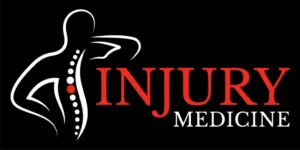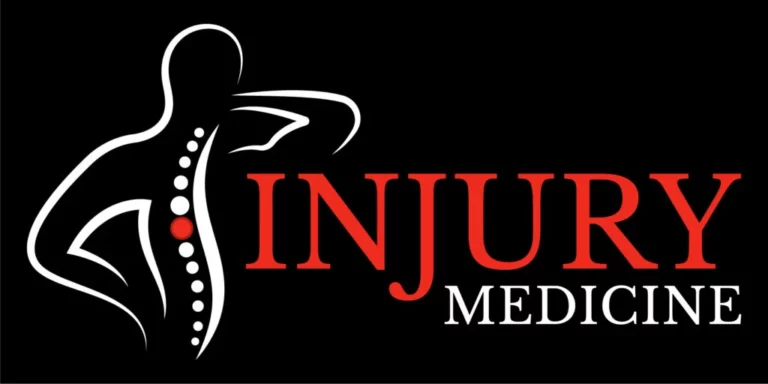- Broken Bones
Fractures are broken bones. They can happen to anyone, regardless of age or activity level. When a bone is subjected to more pressure than it can handle, it cracks or breaks. The severity of the fracture depends on how much force was applied and which type of fracture occurred.
There are different types of fractures, ranging from hairline fractures that require no treatment to severe compound fractures that can be life-threatening if not treated immediately. Some common causes of fractures include sports injuries, falls, car accidents, and osteoporosis.
Fracture symptoms vary depending on the location and severity of the break. Pain at the injury site is usually felt first but may subside as swelling occurs. Swelling and bruising around the affected area are also common with a fracture.
Understanding the different types of fractures can help you identify them in yourself or others. In this blog post, we’ll discuss five of the most common types of fractures and how they are treated. Read on for some valuable insights!
Greenstick Fractures
Greenstick fractures are bone break that occurs when the bone bends and cracks but don’t completely separate. This fracture type is common in children because their bones are growing and aren’t as brittle as adult bones.
Greenstick fractures can occur in any bone, but they’re most commonly found in the arms and legs. Symptoms include pain, swelling, tenderness, and difficulty moving the affected limb. Sometimes, there may be a visible deformity or bulge where the bone has bent.
Treatment for greenstick fractures typically involves immobilizing the affected limb with a cast or splint to allow it to heal properly. Pain management medications may also be prescribed to help manage discomfort during recovery.
It’s important to seek medical attention if you suspect you or your child has sustained a greenstick fracture. While this type of injury is usually not life-threatening, proper treatment can help prevent long-term complications such as reduced mobility or chronic pain.
Transverse or Oblique Fractures
Transverse or oblique fractures are bone breaks occurring at an angle across the bone. Various factors, such as accidents, sports injuries, or falls, can cause these fractures. In transverse fractures, the break runs horizontally across the bone, while in oblique fractures, it runs diagonally.
Transverse and oblique fractures can happen in any part of the body. However, they are most commonly seen in long bones like the femur and tibia. The severity of these types of fractures depends on how much displacement is between the broken ends of the bone.
One common symptom of transverse and oblique fractures is severe pain around the break site. Other symptoms include swelling, bruising, and difficulty moving affected limbs.
These bone breaks require immediate medical attention to ensure proper healing without complications. Treatment may involve immobilization with casts or splints if there is minimal displacement; however, surgery may be required if there’s significant damage done to surrounding tissue.
Transverse or Oblique Fractures are serious injuries that should not be ignored or taken lightly due to their potential to cause long-term disabilities when left untreated.
Comminuted Fractures
Comminuted fractures are a type of bone fracture that occurs when the bone is broken into many pieces or fragments. This type of fracture usually requires extensive medical attention and could take longer to heal compared to other types.
The cause of comminuted fractures can range from high-impact injuries like car accidents, falls from heights, or sports-related incidents, to diseases such as osteoporosis or cancer. Treatment for this kind of injury may involve surgery, casting, or immobilization devices, depending on the severity and location of the break.
Compared to other types of fractures, recovery time for comminuted fractures may be longer due to the complexity and extent of the damage. Rehabilitation therapy might also be necessary to restore mobility and strength after healing.
It’s important not to underestimate any signs or symptoms associated with a potential fracture, as prompt medical attention can make all the difference in preventing further complications.
Impacted or Depressed Fractures
When it comes to fractures, impacted or depressed fractures are among the most common types. These fractures occur when a bone is compressed and driven into itself, causing it to break under pressure.
Impacted or depressed fractures can happen in any part of the body but are more commonly seen in areas such as the skull or spine. In cases where these types of fractures occur in the skull, they can cause serious damage to the brain.
One potential complication associated with impacted or depressed fractures is that they may not be immediately apparent on an X-ray. This is because when bones compress together, there may not be a visible separation between them.
In addition to being caused by traumatic events like car accidents or falls, impacted or depressed fractures can also result from conditions such as osteoporosis, weakening bones and making them more susceptible to breaking.
If you suspect that you have experienced an impacted or depressed fracture, seek medical attention right away. Treatment options include immobilization with a cast or brace and sometimes surgery depending on the severity of the injury.
Compression Fractures
Compression fractures are most commonly found in the spinal vertebrae and occur when a bone collapses. This fracture type is often seen in older adults with osteoporosis or weakened bones. However, it can also be caused by trauma, such as a car accident or fall.
Compression fractures can cause severe back pain and may even lead to loss of height over time. Treatment options for compression fractures include rest, pain medication, bracing, physical therapy, and sometimes surgery.
Our Injury Centers in South Carolina Can Help
Fractures can happen to anyone, and knowing the different types of fractures can help you understand your injury better. Greenstick, transverse or oblique, comminuted, impacted or depressed, and compression fractures all have unique characteristics requiring specific treatments.
At Injury Medicine, we understand how painful a fracture can be and our team of experts is here to provide you with the best possible care. Our injury treatment specialists in South Carolina are dedicated to helping you recover quickly to resume your daily activities without pain.
If you think you have a fracture or any other type of injury, do not hesitate to contact us today. You are our priority, and we will ensure you receive the personalized attention you need. Trust us for your recovery journey!





